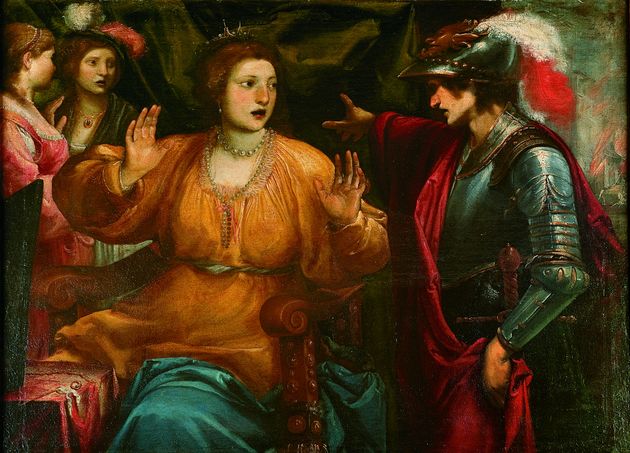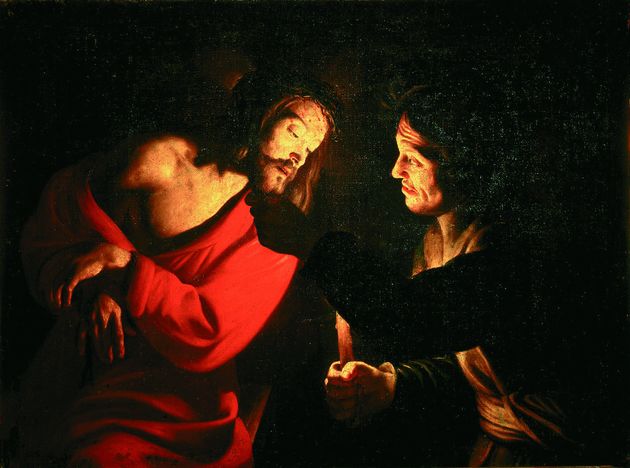Madonna and Child with Saint Dominic
Mario Balassi 1656-1657Audio description of the artwork
This painting was commissioned to Balassi, together with St. Joseph with the Child Jesus, by Prato government through the painter’s agent, the priest Lorenzo Calvi, to be placed in Palazzo dei Priori (as testified by the banner with the Prato Gonfalone held by St. Dominic, clear reference to the City’s new investiture, whose title was granted by Grand Duke Ferdinando II de’ Medici in 1653). On the left two little angels pour water onto the flower-strewn field, with allusion to the role of the Bisenzio river in making the soil fertile.






























